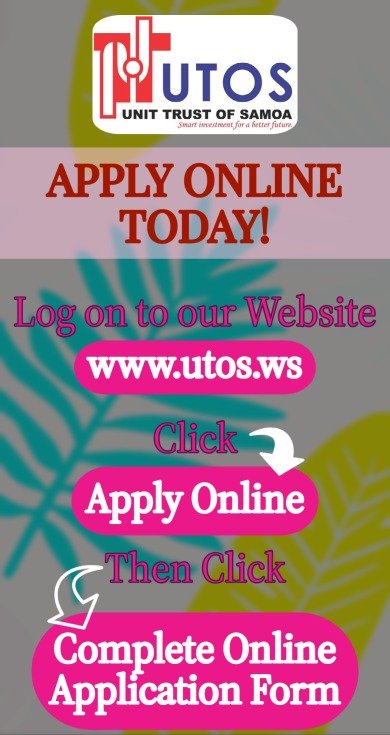EXPLORING OPPORTUNITIES FOR PACIFIC WORKERS AND BUSINESSES: STUDY ON VISA PATHWAYS
Australia Business Visitor visas granted to people from Pacific countries from 2012-13 to 2022-23 (to 31 March)
The PACER Plus Implementation Unit (PPIU) has recently conducted a comprehensive study to examine alternative visa pathways that can facilitate the movement of semi-skilled and skilled Pacific workers to Australia and New Zealand. This study aims to explore options beyond the existing schemes, such as the New Zealand Recognised Employer (RSE) and the Australian Pacific Australia Labour Mobility (PALM) programs, which primarily focus on low-skilled employment. The objective is to identify pathways that can lead to increased development outcomes for Pacific countries. Let's delve into the findings of this study.
Enhancing Regional Economic Integration and Sustainable Development
The PACER Plus Agreement recognizes the significance of people's movement in fostering regional economic integration and sustainable development in the Pacific region. The Movement of Natural Persons (MNP) Chapter and the Arrangement on Labour Mobility (ALM) are key components of this agreement. The MNP Chapter covers the movement of semi-skilled and skilled service providers to facilitate services trade, while the ALM provides a framework for regional cooperation in enabling the temporary employment of Pacific workers in other participating countries.
Current Visa Pathways and Their Limitations
Currently, the predominant visa programs facilitating Pacific labor mobility to Australia and New Zealand are the New Zealand Recognised Employer (RSE) and the Australian Pacific Australia Labour Mobility (PALM) schemes. However, these programs primarily cater to low-skilled employment in the horticulture and meat works industries. Pacific countries are keen to explore alternative pathways that can yield better development outcomes. Consequently, the PPIU commissioned this study to gather information on eligibility conditions, identify potential opportunities, understand access constraints, and propose solutions to enhance the utilization of these visa pathways by Pacific workers and businesses.
Visa Pathways to Australia and New Zealand
In Australia, the Temporary Skill Shortage (TSS) visa (subclass 482) is the primary temporary work visa. However, from 2011-12 to 2021-22, only 1,848 TSS visas were granted to Pacific workers. This figure is considerably low compared to other countries that utilize the TSS visa. Most Pacific workers entering Australia on the TSS visa hail from Fiji and Papua New Guinea (PNG). The mining, other services, professional and scientific, health care, manufacturing, and retail trade sectors have been the top sponsoring industries for Pacific workers under the TSS visa. Nevertheless, there has been a decline in the overall utilization of this visa by Pacific workers over time.
In New Zealand, the Accredited Employer Worker Visa (AEWV) is the primary temporary work visa. Between 2013 and 2022, a significant number of workers from Pacific countries (22,803) were granted an AEWV or one of its predecessor visas. Fijian citizens constituted the majority (83.9%) of AEWV visa holders. The common occupations pursued by Pacific AEWV visa holders were road and rail drivers, automotive and engineering trades workers, farm and forestry workers, construction trades workers, and carers and aides.
In addition to temporary work visas, Pacific businesspeople can also travel to Australia and New Zealand for limited business purposes on business visitor visas. Between 2012-13 and 2022-23 (until March 31), Australia granted 72,404 business visitor visas to people from the Pacific, with PNG and Fiji being the top countries of origin. New Zealand issued 18,378 business visas to Pacific business visitors between 2013 and 2022, with Fiji and PNG as the primary sources.
Addressing Constraints and Recommendations
The study highlighted various constraints that currently hinder Pacific access to temporary employment and business visitor visas. These constraints include systemic issues and visa-specific limitations. To address these challenges and enhance visa pathways, the study put forth a number of recommendations.
The PACER Plus Implementation Unit's study on alternative visa pathways for Pacific workers and businesses provides valuable insights into the current landscape of labor mobility between Pacific countries, Australia, and New Zealand. By identifying constraints and proposing recommendations, this study aims to enhance the utilization of visa programs that can lead to improved development outcomes for the Pacific region.


